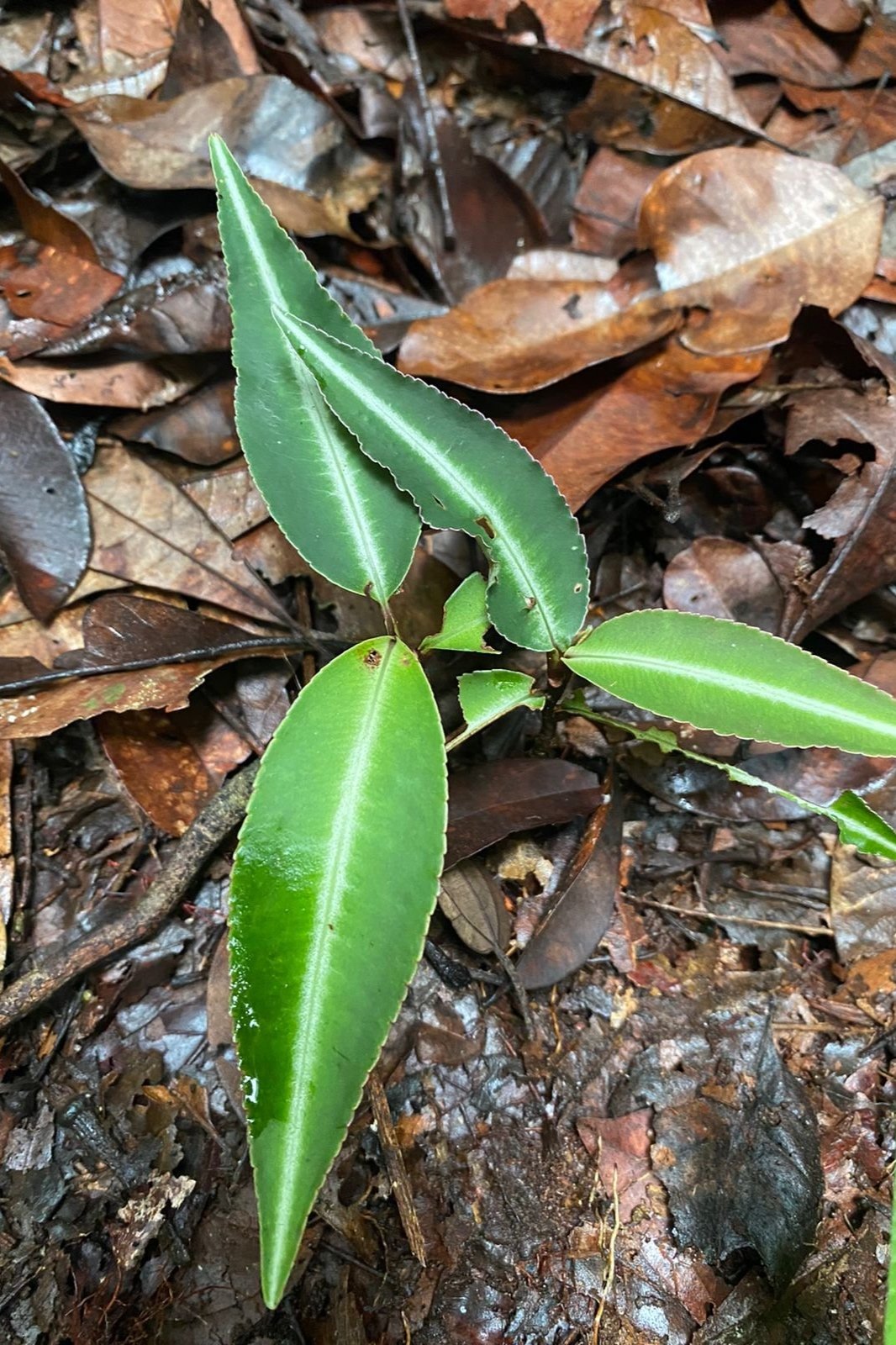In a remarkable triumph for environmental conservation, the Ranu Welum Foundation has successfully safeguarded 63 species, some of them are endangered, from the perilous threats posed by logging and mining expansion in the region of South Barito. The foundation, dedicated to preserving the rich biodiversity of Kalimantan, has been working tirelessly to combat the alarming destruction of ecosystems caused by industrial activities.
Utilizing their conservation areas strategically, the Ranu Welum Foundation has shielded delicate flora and fauna from the devastating consequences of deforestation. From the elusive pangolin to the magnificent sun bear, from the traditional herb plant Kancip Fatima Labisia pumila to the endangered pitcher plant Nephentes khasiana, these protected species are now removed from immediate harm as we were able to secure the forest. However, our battle is far from over.
Tabat Barito, Traditional herbal plants contain phytochemicals such as flavonoids which have the potential to be anti-inflammatory agents for inflammatory bowel disease
Kacip Fatimah, this plant has properties for caring for female reproductive organs, increasing metabolism, and caring for the skin.
Seeds from rare oak species which only grows in Kalimantan rainforest. The locals call it Kaja tree. The seeds are food for wild animals such as sun bear, pangolin and monkey.
With a steadfast commitment to environmental stewardship, the Ranu Welum Foundation aims to expand their conservation efforts by conducting extensive biodiversity surveys, forest mapping and securing more land. By extensively studying and documenting the region's ecosystems from the perspective of Indigenous People in particular, we strive to provide a robust defense for these threatened species.
As forestry and mining activities continue to encroach upon natural habitats, the Ranu Welum Foundation's work becomes even more vital. Our vision of a harmonious coexistence between man and nature remains steadfast, and we call upon society to lend support for the continuation of these crucial preservation efforts.



